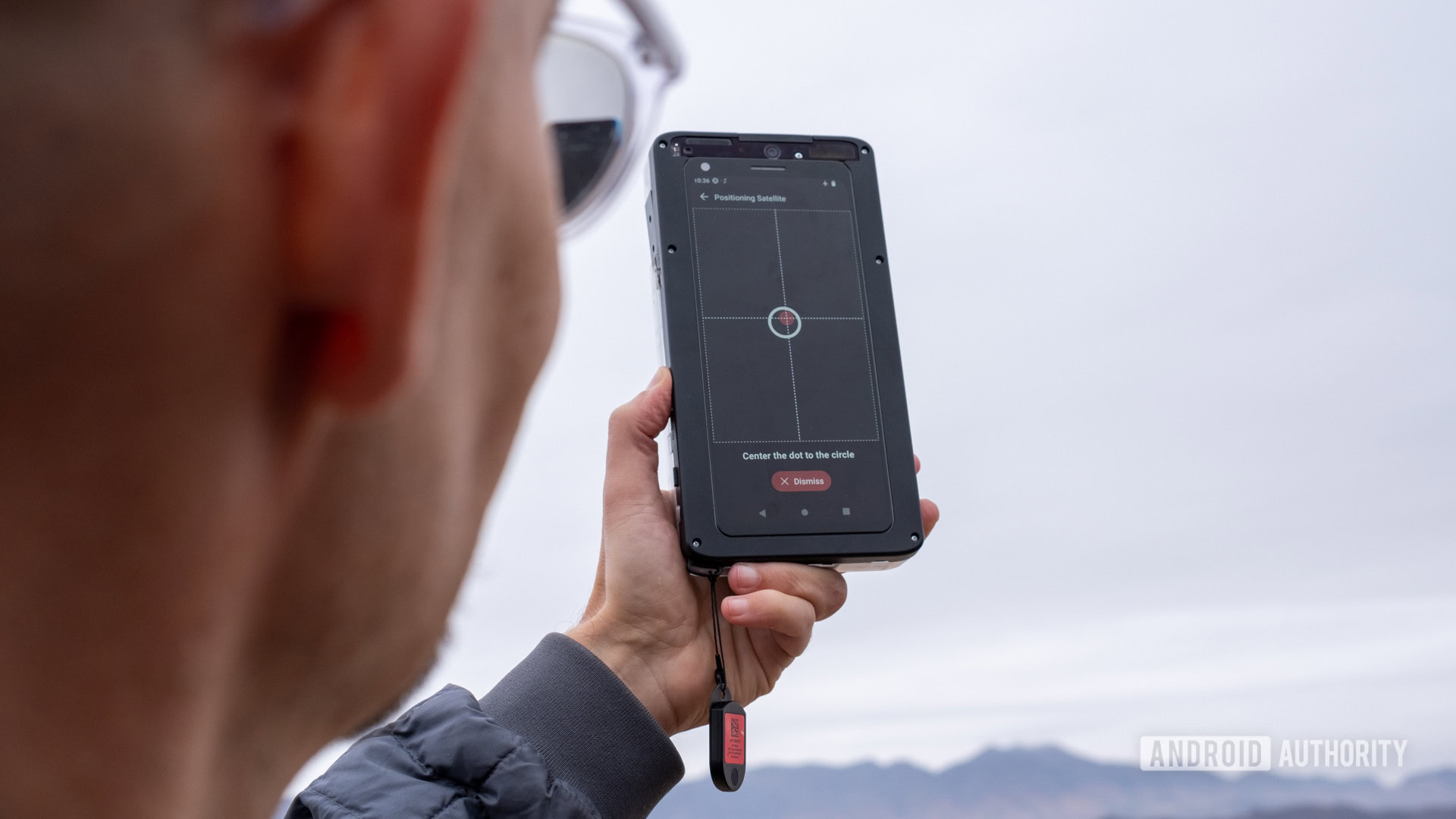Affiliate links on Android Authority may earn us a commission. Learn more.
SpaceX's Starlink set to launch satellite phone service in 2024
Published onOctober 12, 2023

- SpaceX’s Starlink plans to roll out its Direct to Cell satellite phone service starting in 2024.
- Texting will come first to the service, with voice and data to follow in 2025.
- Initial coverage will include the continental US, Hawaii, parts of Alaska, Puerto Rico, and US territorial waters.
Last year, it was announced that SpaceX and T-Mobile would team up to bring T-Mobile customers satellite coverage via the Starlink satellite fleet. Now we have information on a date for when the satellite phone service will launch, additional partners, and how it will roll out.
On the Starlink website, in the business tab, the company says its Direct to Cell satellite phone service will start rolling out in 2024. Texting will come first to the service, with voice and data to follow in 2025.
Once Direct to Cell is fully rolled out, it will “enable ubiquitous access to texting, calling, and browsing wherever you may be on land, lakes, or coastal waters,” according to Starlink. And it appears the service will work with Internet of Things (IoT) devices with common LTE standards.
Although Qualcomm announced that its Snapdragon 8 Gen 2 platform would be capable of two-way messaging with satellites, you won’t need to have a phone with that specific chip or others specially designed to allow satellite connection. Starlink claims the service will work with existing LTE phones, “No changes to hardware, firmware, or special apps are required.”
Initial coverage with T-Mobile will include the continental US, Hawaii, parts of Alaska, Puerto Rico, and US territorial waters. However, Starlink plans to expand by adding global carriers in the future. Right now, the Starlink website lists Rogers (Canada), Optus (Australia), One NZ (New Zealand), Salt (Switzerland), and KDDI (Japan) as partners.
The service is meant to provide users with cell service when they are in areas without it. For example, if you’re in a rural area that’s out of range from the nearest cell tower. There’s no mention of how much the service will ultimately cost.
The frenzy to add satellite connectivity started with the iPhone 14 when Apple announced the phone would have an emergency SOS feature that uses satellite connectivity. Google was quick to follow when it announced that Android 14 would allow smartphones to connect with satellites.